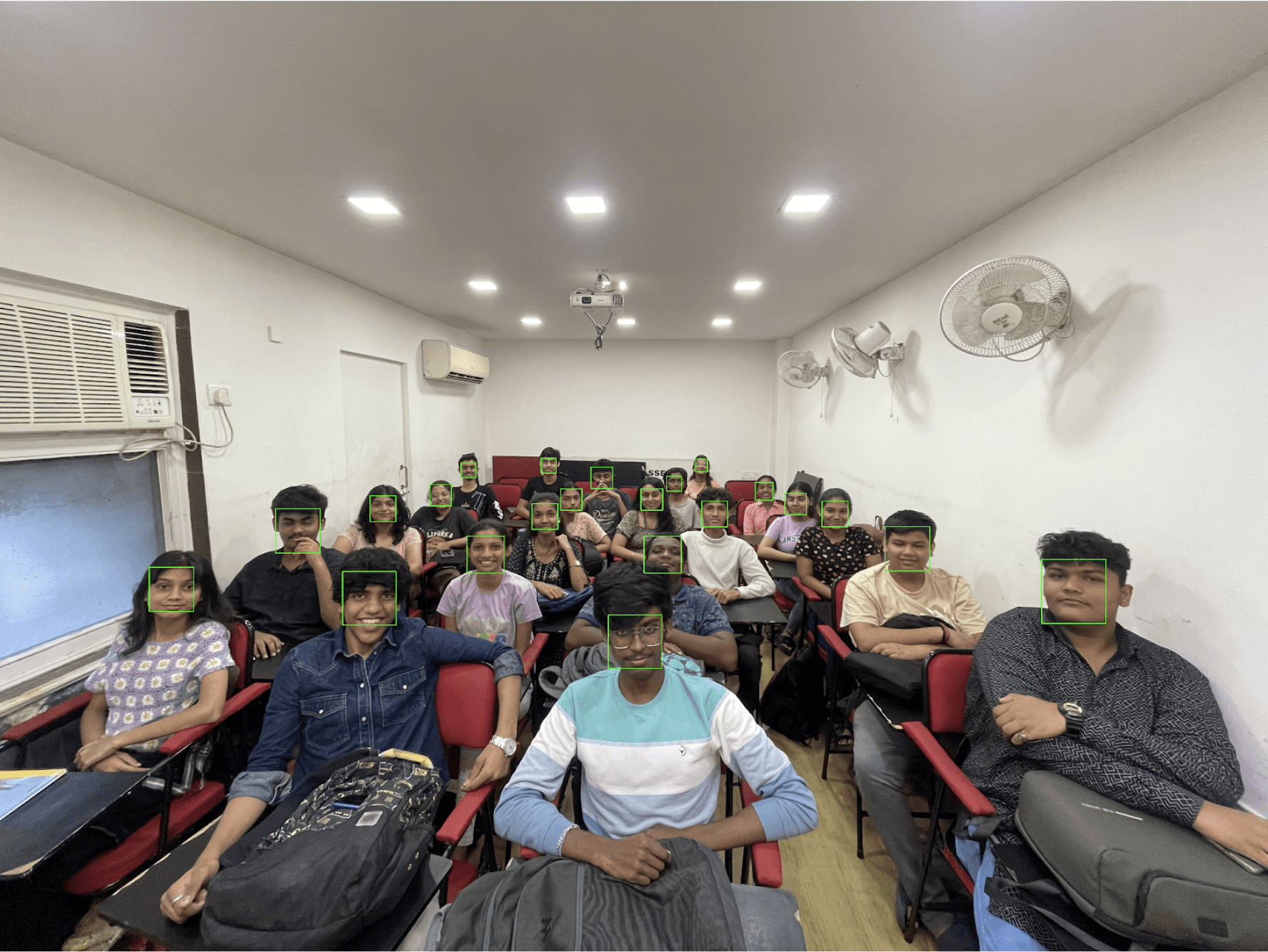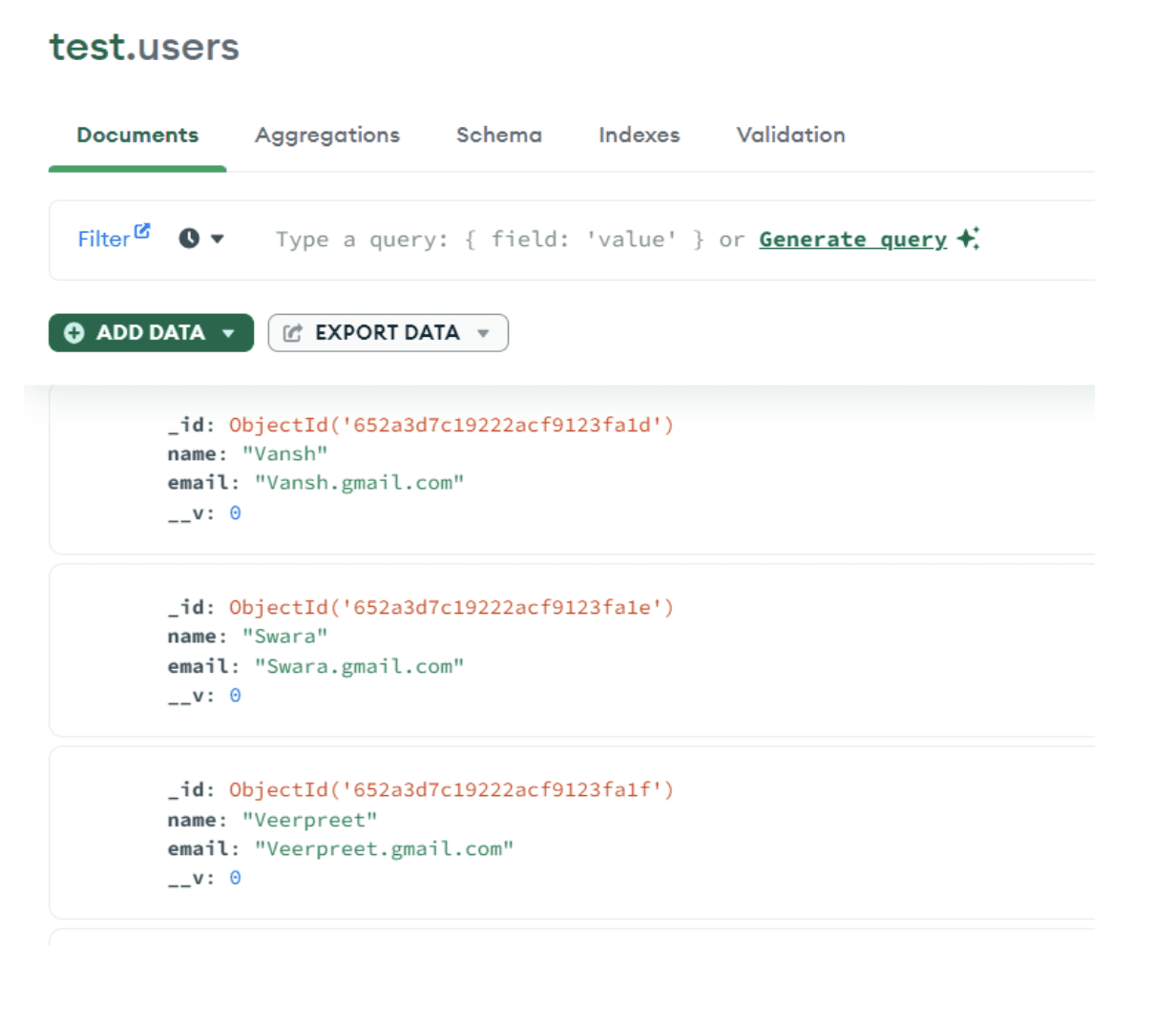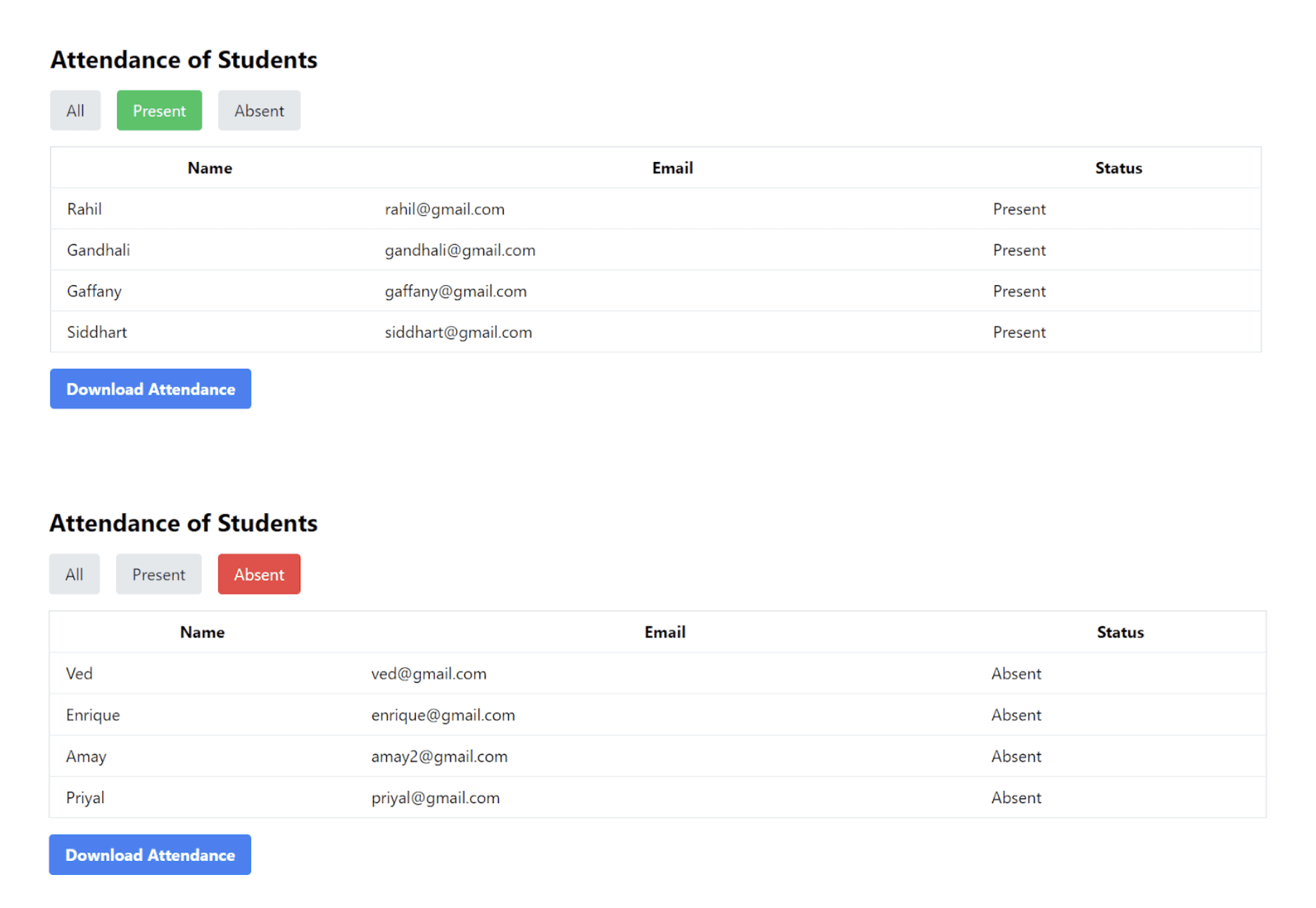A Developer’s Blueprint for Machine Learning Integration and Data Management
Jan 2, 2024
Jan 2, 2024
Jan 2, 2024


Introduction
Machine learning has seen extraordinary advancements in recent years, yet its application in solving everyday problems remains limited. One such problem that could benefit from machine learning is attendance management in educational institutions. This blog post is designed to bridge that gap. It details a sophisticated attendance tracking system, harnessing the power of machine learning and efficient data management. For engineering students and software developers interested in practical machine learning applications, this article serves as a comprehensive guide.
System Architecture: An Overview
Our attendance tracking solution is a paradigm shift from traditional methods, integrating machine learning for face recognition and a robust front-end system to provide a comprehensive user experience. Here's the high-level architecture:
Machine Learning for Face Recognition: Utilizes Dlib's Convolutional Neural Network (CNN) model to accurately identify faces, which are then processed through the FaceNet model to generate unique face embeddings.
CSV File Generation: Automatically creates or updates a CSV file to log attendance based on recognized faces.
Front-End System: Manages the received CSV file, converts it to JSON format, stores it in a MongoDB database, and presents it via a user-friendly web interface.
Now, let's dissect each component to understand how they collectively contribute to this advanced system.
Machine Learning: Precision in Face Recognition
In the realm of machine learning, Dlib's Convolutional Neural Network (CNN) is renowned for its accuracy in object detection. In our system, we leverage this model to identify faces within classroom images. Following the detection, the faces are isolated and processed using the FaceNet model, which generates unique face embeddings. These embeddings enable the system to perform efficient face recognition by matching them against a pre-registered database.

CSV Generation: The Mechanics
The dynamic generation of the CSV file for attendance is an intricate task, especially when accounting for multiple student batches. The system creates a new CSV file for each incoming image and marks recognized faces as 'present'. It does so by referencing a master 'student.csv' file which contains pre-registered data for all students.
In cases where a CSV file for the date already exists, the system employs a smart update mechanism. Students initially marked as 'absent' are updated to 'present' if they are identified in subsequent images.

Front-End System: The Final Cog in the Wheel
The front-end is engineered to provide an efficient user experience. The server receives the CSV file and performs several key operations:
CSV to JSON Conversion: Transforms the CSV data into JSON format for more effective data manipulation.

Data Storage in MongoDB: Stores the JSON data in a MongoDB database, providing a scalable and structured data management solution.

User Interface: Generates a web page where users can view and filter attendance records.

Additionally, it offers a PDF generation feature to compile attendance data into a structured document.

Key Takeaways
FaceNet for Face Recognition: Highly efficient for generating face embeddings, thereby ensuring accurate attendance marking.
Dynamic CSV Generation: Adaptability is key when dealing with multiple batches of students.
MongoDB for Data Storage: A robust and scalable solution for data management.
Conclusion
This integrated system goes beyond merely automating attendance tracking; it revolutionizes it by combining machine learning with efficient data management. It streamlines the attendance process for different student batches, offering a level of accuracy and efficiency that is unparalleled in traditional systems.
Whether you're an engineering student looking to apply machine learning in a real-world setting or a software developer keen on harnessing data management techniques, this guide offers a detailed walkthrough of a system that could very well be the future of attendance management in educational institutions.
Happy Coding 🚀
Introduction
Machine learning has seen extraordinary advancements in recent years, yet its application in solving everyday problems remains limited. One such problem that could benefit from machine learning is attendance management in educational institutions. This blog post is designed to bridge that gap. It details a sophisticated attendance tracking system, harnessing the power of machine learning and efficient data management. For engineering students and software developers interested in practical machine learning applications, this article serves as a comprehensive guide.
System Architecture: An Overview
Our attendance tracking solution is a paradigm shift from traditional methods, integrating machine learning for face recognition and a robust front-end system to provide a comprehensive user experience. Here's the high-level architecture:
Machine Learning for Face Recognition: Utilizes Dlib's Convolutional Neural Network (CNN) model to accurately identify faces, which are then processed through the FaceNet model to generate unique face embeddings.
CSV File Generation: Automatically creates or updates a CSV file to log attendance based on recognized faces.
Front-End System: Manages the received CSV file, converts it to JSON format, stores it in a MongoDB database, and presents it via a user-friendly web interface.
Now, let's dissect each component to understand how they collectively contribute to this advanced system.
Machine Learning: Precision in Face Recognition
In the realm of machine learning, Dlib's Convolutional Neural Network (CNN) is renowned for its accuracy in object detection. In our system, we leverage this model to identify faces within classroom images. Following the detection, the faces are isolated and processed using the FaceNet model, which generates unique face embeddings. These embeddings enable the system to perform efficient face recognition by matching them against a pre-registered database.

CSV Generation: The Mechanics
The dynamic generation of the CSV file for attendance is an intricate task, especially when accounting for multiple student batches. The system creates a new CSV file for each incoming image and marks recognized faces as 'present'. It does so by referencing a master 'student.csv' file which contains pre-registered data for all students.
In cases where a CSV file for the date already exists, the system employs a smart update mechanism. Students initially marked as 'absent' are updated to 'present' if they are identified in subsequent images.

Front-End System: The Final Cog in the Wheel
The front-end is engineered to provide an efficient user experience. The server receives the CSV file and performs several key operations:
CSV to JSON Conversion: Transforms the CSV data into JSON format for more effective data manipulation.

Data Storage in MongoDB: Stores the JSON data in a MongoDB database, providing a scalable and structured data management solution.

User Interface: Generates a web page where users can view and filter attendance records.

Additionally, it offers a PDF generation feature to compile attendance data into a structured document.

Key Takeaways
FaceNet for Face Recognition: Highly efficient for generating face embeddings, thereby ensuring accurate attendance marking.
Dynamic CSV Generation: Adaptability is key when dealing with multiple batches of students.
MongoDB for Data Storage: A robust and scalable solution for data management.
Conclusion
This integrated system goes beyond merely automating attendance tracking; it revolutionizes it by combining machine learning with efficient data management. It streamlines the attendance process for different student batches, offering a level of accuracy and efficiency that is unparalleled in traditional systems.
Whether you're an engineering student looking to apply machine learning in a real-world setting or a software developer keen on harnessing data management techniques, this guide offers a detailed walkthrough of a system that could very well be the future of attendance management in educational institutions.
Happy Coding 🚀